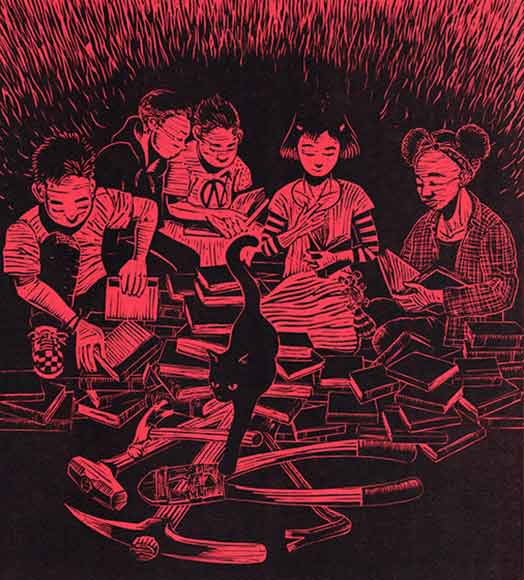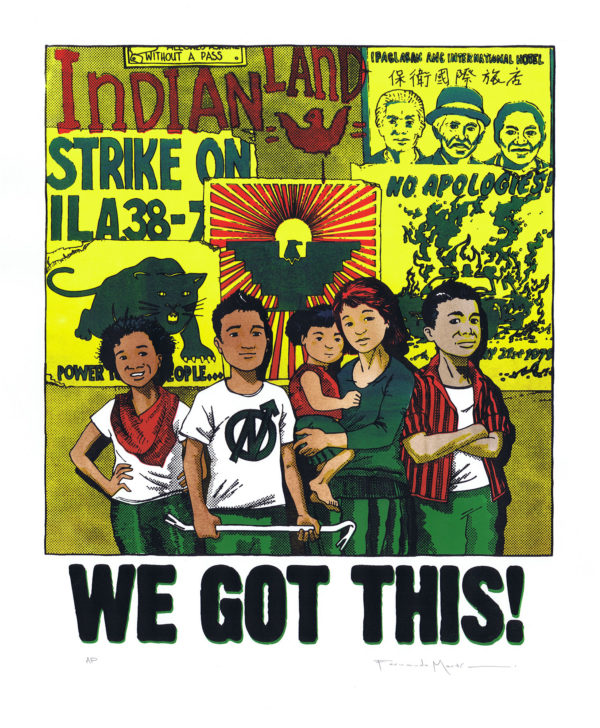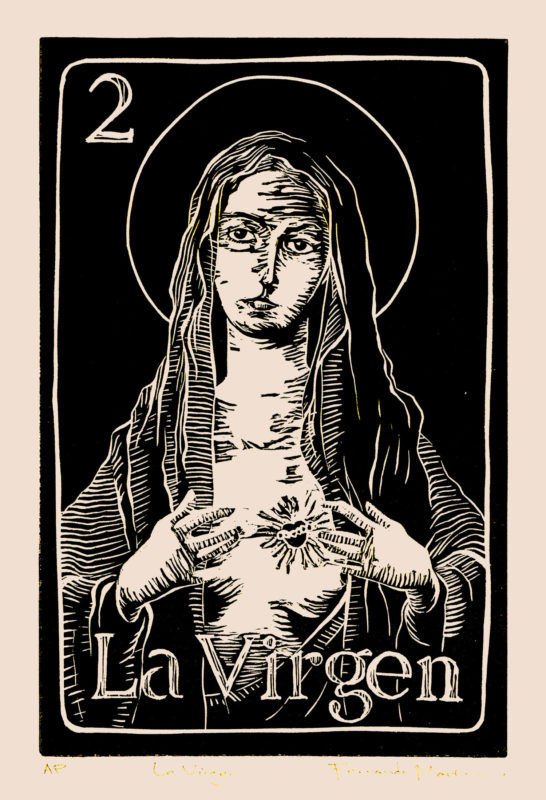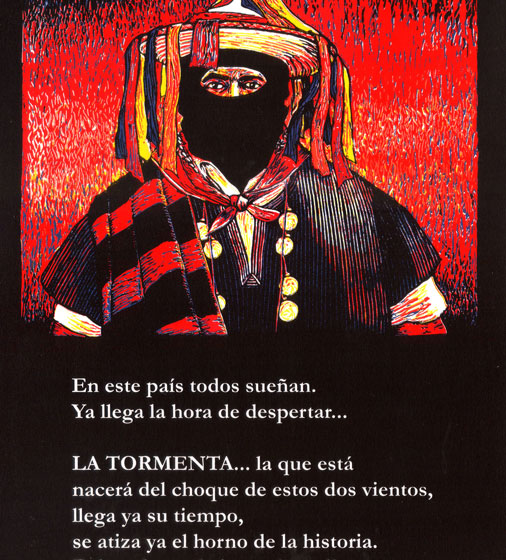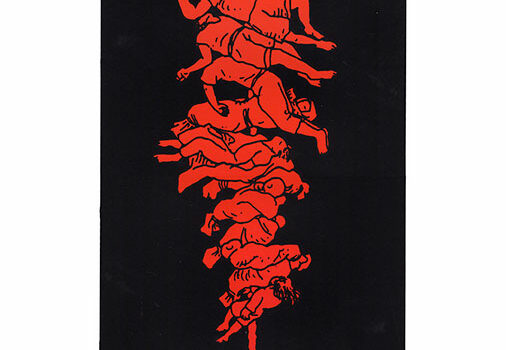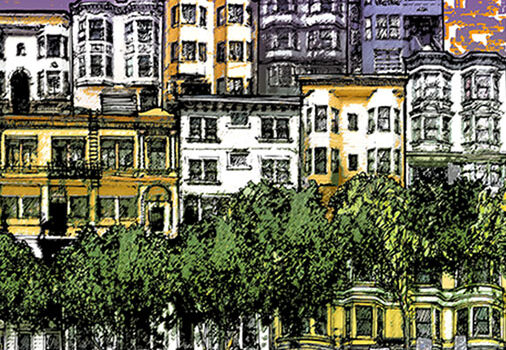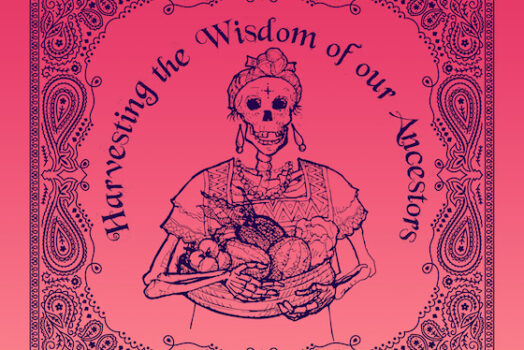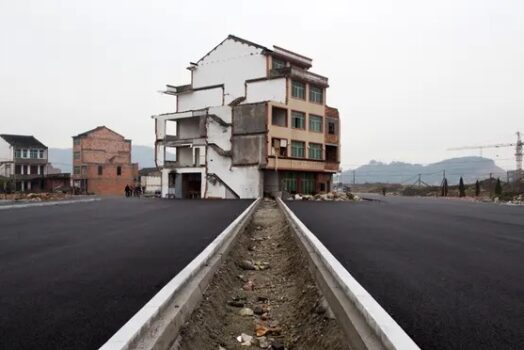One of the projects PODER has engaged in for years is Bicis del Pueblo, getting young people in the community on bikes, fixing and making their own bikes, taking to the streets. The bike to me was not just about transportation, but a different way of relating to streets, to movement, to what our bodies can do. Bicis is about how young people (and old) can make the streets their our own, the way the ancient Mesoamerican ball games are “our own,” and the origin of most modern team ball sports. In the interviews, I spoke with Carlos Peterson-Gomez about the need for rites of passage in our communities, both for boys and for girls, for finding that place in the world which is our own. A Latinx future, I think, will be in part defined by how we re-incorporate these rites into adulthood. I saw the bicis in the ball court as a space where we reclaim what is important from the past on our journey to adulthood. The sky is adapted from an inscription of a ball game from Toniná, Chiapas, by Ian Graham.
Futuros Fugaces was a way to explore themes and relationships that have concerned me for a long time: what it means to reclaim ancestral knowledge, how we re-imagine the future, and what this looks like in the particular of the Mission/Excelsior Latinx community I’ve worked with for the last 30 years. Thanks to the SF Arts Commission for funding my first Individual Artist Grant.
In imagining a Latinx futurism, the project took me in unexpected directions, beyond a more literal extrapolation of futurism, to a more mythical layering of Mesoamerican imagery as a way to connect past and future cosmic time. The emergent utopias of our communities of color will not be sterile or sanitized; they will contain hints of the dystopias we’re already living through, and they will contain the messiness and contradictions of our cultures, a collage of rasquachismo, rooted in a reclamation of ancestral traditions and collective memory to urban land struggles and queer ecologies. As I thought of a Latinx futurism, the cyclical nature of Mesoamerican time, cyclical, perhaps helical, expanding outward but always returning. Or perhaps it is a simultaneity of times, layered in parallel existences informing the present, accessible through ritual and ceremony. Mesoamerican time gave me a layering of myth and history and contemporary cultures and utopian visions. Utopia has to coexist with the present, accessible through our cultural practices and our arts, to inform our actions. Glimpses or shadows of that utopia found their way into these images.
The images were created in pencil, scanned to create the line drawing, then watercolored and scanned again, and additional colors and backgrounds applied digitally in Photoshop. They were printed as giclée digital fine art reproductions at East Bay Giclée in North Oakland.

